Dragon Quest Heroes 2: Switch vs PlayStation 4
Our first look at how Nintendo's console hybrid handles a multi-platform game.
Released alongside the Nintendo Switch in Japan last week, Dragon Quest Heroes 2 provides an interesting window into multi-platform development for Nintendo's new console. It's especially fascinating as the game is designed to support a wide range of hardware across multiple console generations. In addition to its appearance on Switch, the Square-Enix title is also available on PS4, PS3 and PS Vita, with a PC version scheduled for release somewhere down the line.
For this analysis, we grabbed the Switch demo from the Japanese eShop and were delighted to find that demos with very similar content are also available for PlayStation 4 and PS Vita, opening the door to some head-to-head comparisons. Alas, no PS3 demo is available, which may have given us further insight into how Switch's presentation and performance sit between the PlayStation console generations. However, as things stand, PS4 operates at 1080p, as does Switch in docked mode (dropping down to the handheld screen's native 720p when decoupled from your HDTV). For its part, the Vita version clocks in at the system's native 960x544.
Unfortunately, none of the versions offer much in the way of great texture filtering, but there are many visual differences between them worthy of comment. A very quick, cursory look at the game's visual make-up shows the Switch version holding up fairly well compared to the PlayStation 4 release, but look a little closer and the cutbacks made to accommodate Switch's mobile-orientated chipset start to become clear.
Right out of the gate, there's simplified geometry on Nintendo's machine on environments (very different models are commonplace) while we seem to be looking at two sets of texture artwork. Other obvious cutbacks include draw distance and foliage density, both of which clearly favour PS4. Additionally, the lighting model is adjusted, with significant reductions on bloom effects in particular for Nintendo's hardware. Cloud shadows on PlayStation 4 are also omitted on Switch, while the more powerful console's softer shadows are much sharper on the new Nintendo hybrid system.
In short, there are few surprises here - these are the kind of cutbacks you would expect and based on available media for the PS3 version (which, unfortunately, we couldn't get hands-on with ourselves), it seems that many of the Switch's assets hail from the last-gen console release. Meanwhile, the Vita version utilises a visual feature set that is even further pared down. Bearing in mind that Sony's handheld is five-year-old mobile hardware, this is not surprising but it demonstrates the tremendous leap in rendering power Switch represents over a piece of Sony technology that was considered a powerhouse in its time.
The notion of a Switch title effectively offering a 720p/1080p version of a last-gen console experience fits in closely with Nintendo's own efforts on the new hybrid. However, there's a massive dividing line between Switch and PS4 that goes beyond image and art quality - and that's performance. The PS4 version delivers a 60fps experience with some drops into the 50s. It's not perfect, but it feels fine overall.
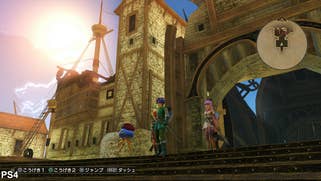


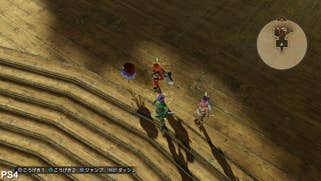
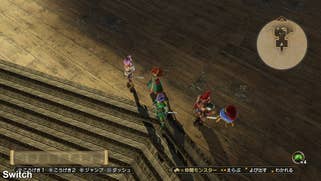
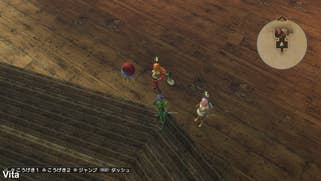
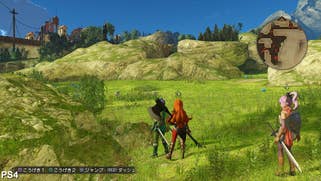
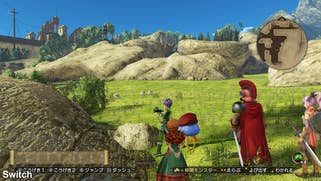


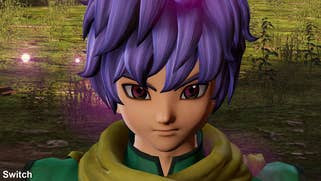
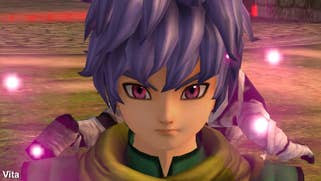
On Switch, the frame-rate targets 30fps - similar to the PS3 version - but the reality is a double-buffer v-sync set-up that sees the game jump between 20fps and 30fps whenever any form of combat occurs. The Vita drops frames too, but it's actually a touch smoother overall in the heaviest stress points. However, the PS4 version is the only release out of the bunch that delivers a strong 'Musou' experience (this title is based on the series made famous by the Dynasty Warriors titles, albeit with additional RPG overtones). General world traversal sees the Switch version improve dramatically, with a nigh-on 30fps lock with just very minor drops - something the Vita can't achieve - while PS4 stays locked at full refresh. However, the issue here is that this kind of game spends a lot of its duration in combat, and the bottom line is that frame-rates here simply aren't good enough. It's not that satisfying when docked, while performance nose-dives still further in portable mode.
As a first look at how multi-platform development may pan out on Switch, it's fair to say that Dragon Quest Heroes 2 probably isn't that enlightening. Not only is it a launch title for a new console, but there's a definite sense that more effort could have gone into optimisation - and perhaps more cutbacks may have been prudent in stabilising performance. However, it's safe to say that in cross-generational terms, this title draws more upon its PS3 heritage than it does on its PS4-enhanced assets. That's absolutely fine for this title, but a solid, consistent frame-rate really is a must - and in this regard, PlayStation 4 offers up a huge improvement to the core gameplay experience.
It is worth pointing out that this is demo code of course, but the full game is out in Japan right now and the Western version is due at the end of April [Correction: Right now, only a PS4 release is confirmed on retail sites like Game and Amazon, but the official site suggests PC is on the way too]. Broadly speaking, we don't expect to see a vast range of multi-platform titles hit Switch, but it's going to be fascinating to see how much developers can extract from the new Nintendo hardware. Sumo Digital's Snake Pass - based on Unreal Engine 4 - releases on PS4, Xbox One, PC and Switch at the end of the month and we'll be sure to check that out.


